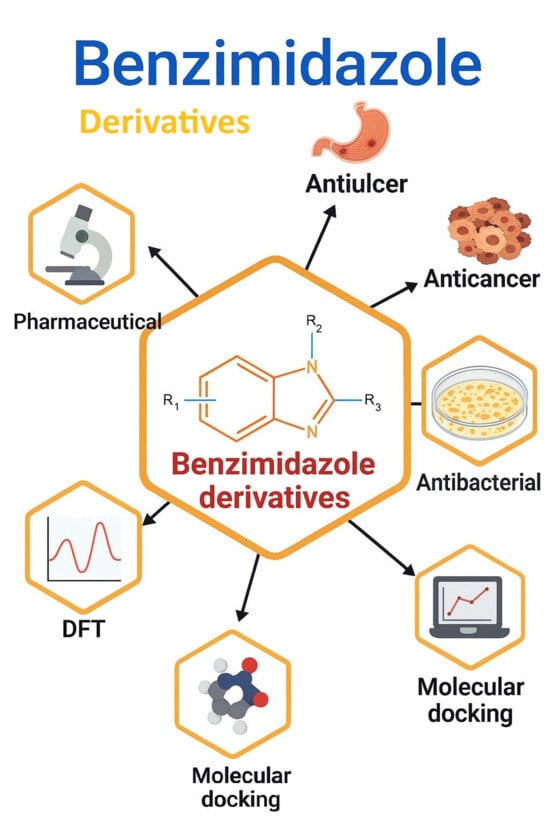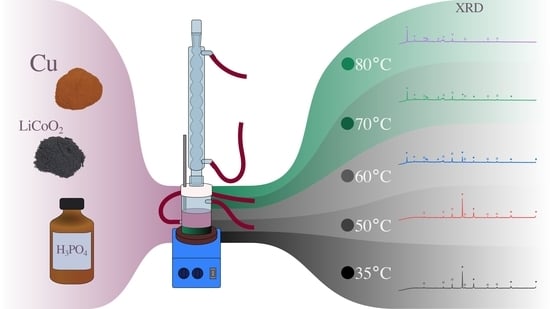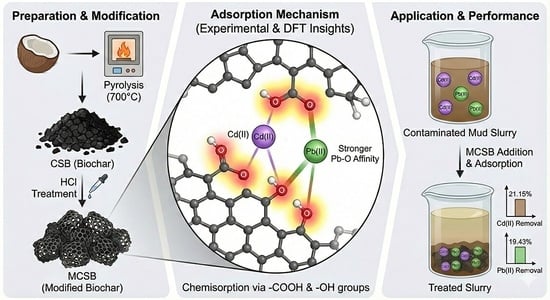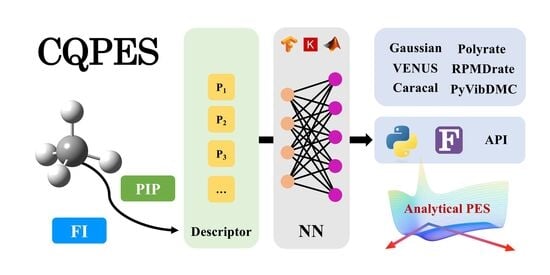- Review
Benzimidazole Derivatives: A Review of Advances in Synthesis, Biological Potential, Computational Modelling, and Specialized Material Functions
- Nuaman F. Alheety,
- Sameer A. Awad and
- Mustafa A. Alheety
- + 3 authors
Benzimidazole derivatives are a privileged family of heterocyclic compounds that have remarkable structural diversity and find various pharmacological and industrial applications. In this article, we report on their synthetic procedures, ranging from classic condensation methodologies to modern green chemistry methodologies (microwave-assisted methods and catalyst-free methods). The biological significance of these derivatives is discussed, and their anticancer, antimicrobial, anti-inflammatory, antioxidant, antiparasitic, antiviral, antihypertensive, antidiabetic, and neuroprotective activities are reported. This article also reviews recent industrial applications, with special reference to hydrogen storage and environmental sustainability. The latest computational techniques, such as density functional theory (DFT), molecular docking, and molecular dynamics simulation, are particularly emphasized because they can be instrumental in understanding structure–activity relationships and rational drug design. In summary, the present review describes the importance of new benzimidazole derivatives, which are considered a different class of multitarget agents in medicinal chemistry and computational drug design.
19 December 2025







